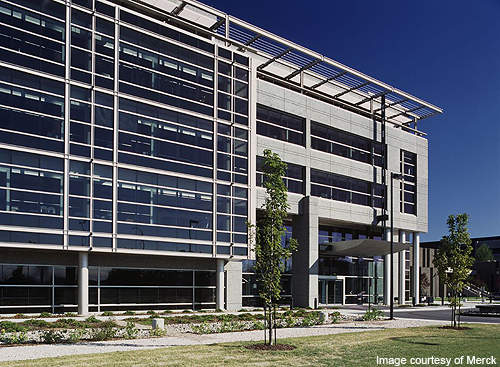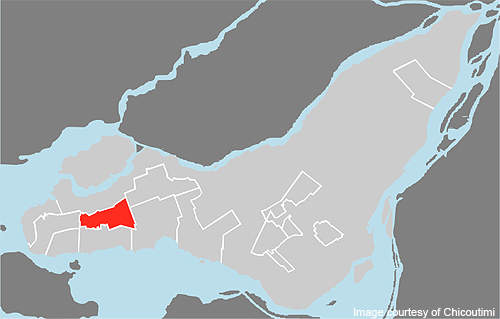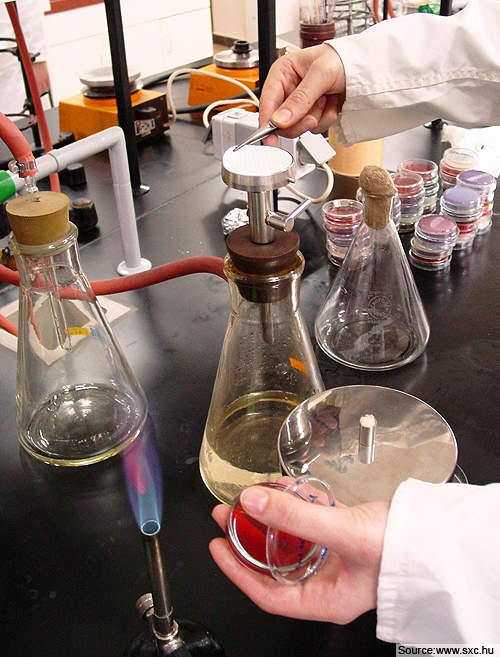Merck Frosst’s Kirkland facility is the oldest and the largest biomedical research facility in Canada. Established in 1969, the facility is located 60km east of Montreal in Kirkland and is known as the Merck Frosst Centre for Therapeutic Research.
The facility has produced some of the company’s blockbuster drugs including Singulair and is currently hosting the Canadian head office for Merck.
In July 2010, Merck announced its plans of closing the research facility by the end of 2010. The closure will represent the latest phase of Merck’s global merger restructuring programme that aims at consolidating its global operations and research activities.
Following Merck’s merger with Schering-Plough in 2009, the company decided to focus on fewer, larger discovery sites.
The Kirkland research centre is one of the eight manufacturing facilities and research sites that will be closed.
The closure will affect 180 researchers. A few among them will be relocated to other US-based research facilities of Merck. The company plans to maintain a strong presence in Canada despite the closure. It has planned a C$100m investment over the next five years for R&D collaborations with companies and academic institutions based in Quebec.
Facility
The Kirkland site accommodates a state-of-the-art research centre and administrative offices. Spread over 35-acres, the site has been designed to support every aspect in the process of pharmaceutical product development, from discovery to production.
The research facility is housed in two separate buildings, spread over three floors.
There are specialised laboratories dedicated for medicinal and process chemistry, analytical and bio-analytical chemistry, molecular biology, robotics, NMR (300 and 500 MHz), mass spectroscopy, tissue culture, cold rooms, hydrogenation, radio isotopic-labelling and iodination, and pharmacology and pharmaceutical R&D. The research centre also includes a cafeteria and a daycare centre.
The entire first floor of the building is dedicated to pre-clinical pharmacology and pharmacology laboratories. The second floor houses 15 typical laboratories. There are six biochemistry laboratories, five molecular biology laboratories, three laboratories for organic chemistry and one for analytical chemistry.
The floor also includes a range of other laboratories for support activities.
Production
The research centre has focused on discovering new and better therapeutic agents for the treatment of respiratory, inflammatory and other diseases. A major focus of the facility has been on leukotrienes and prostaglandins research.
Leukotrienes and prostaglandins are chemicals naturally produced within the human body that are basic in the mechanism of several diseases including asthma, psoriasis, inflammatory disorders and gastrointestinal conditions.
Between 1979 and 1993, the centre defined the structure and metabolism of leukotrienes and developed potential new drug therapies from these biological mediators to treat asthma and other respiratory diseases.
Research on leukotrienes within the facility resulted in the development of Singulair, an oral medication for asthma, which can be taken by adults and children to control the symptoms of asthma.
Construction and expansions
The Kirkland facility was expanded in 1991 to form the Merck Frosst Centre for Therapeutic Research. Construction of the new building involved approximately 218t of metal, 70 miles of pipe, 91 miles of wiring, and 17 acres of floors, ceilings and walls.
The expansion saw the addition of 31,000ft² of chemistry, biology and pharmacology laboratories to the existing research facility. A new 35,000ft² building was constructed to accommodate the quality control laboratories, instrumentation and chemistry laboratories, and the chemical storage area of the manufacturing facility.
An existing 5,000ft² facility was renovated and a 5,000ft² extension to the packaging facilities was also undertaken. The expansion also included construction of a 7,500ft² organic chemistry laboratory and modernisation of a 9,000ft² building.
Contractors
The facility’s construction management services were provided by Aecon. The building was designed by La Socidte d’Experts-Conseils Pellemon and Les Architectes Stahl Nicolaidis Fukushima Orton.






